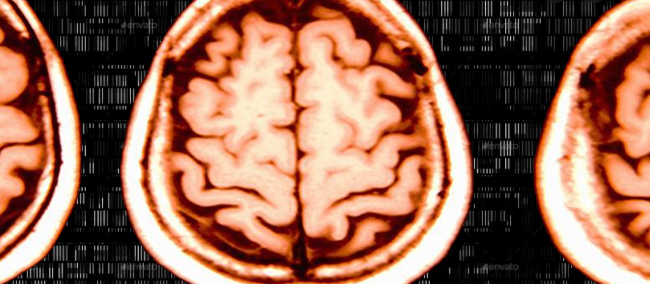
We all know by now, especially in the days of COVID-19, how crucial it is to have a properly working immune system. If our bodies can produce the right antibodies and white blood cells to protect us from invading pathogens, we can survive an illness. Sometimes, the body’s immune system is out of whack, doing more damage than good, which is why understanding how immune cells work is essential for developing ways to overcome diseases.
Interestingly, the brain and central nervous system have their own unique kind of immune cells called microglia. These cells play an important role in the etiology and disease course of maladies like meningitis and Alzheimer’s. They also maintain brain homeostasis and aid in neurological development. Previous studies have found that microglia exhibit differences in phenotype and gene expression across brain regions, sexes, age ranges, and disease states. However, the mechanisms involved in these transcriptional changes are not clearly understood.
In a recent study published in Biological Psychiatry, a group of scientists from the Icahn School of Medicine at Mount Sinai set out to investigate the epigenetic characteristics of microglial cells by conducting a genome-wide DNA methylation analysis. Their hope was to better understand the factors that contribute to the gene expression variations found in microglial cells.
DNA methylation is an epigenetic mechanism that includes the direct chemical transfer of a methyl group onto a DNA molecule. Along with other regulators, it is a major factor influencing gene expression by controlling which genes are turned on or off. While most DNA methylation patterns are generated during early development, alterations can also occur later in life as a response to environmental conditions, allowing cells to adapt accordingly.
In other articles, we have described how DNA methylation in the brain can be transformed by stimulus in the environment and how it also plays a role in certain brain diseases like cancer and Alzheimer’s. In the current study, the Mount Sinai scientists targeted the DNA methylation profile of human microglial cells to determine changes that result from interindividual variations.
The study was conducted on four different brain regions using microglial cells isolated from the post-mortem brain tissue of 22 individual donors. Over half (13) were patients with mood disorders pathology, 1 was diagnosed with schizophrenia, and 8 were non-psychiatric controls.
As expected, the study revealed that the human microglial cells had distinct DNA methylation profiles compared to other cells in the central nervous system. Although, the researchers were surprised to see another peculiarity. “We found that interindividual differences rather than brain region differences had a much larger effect on the DNA methylation variability,” said senior author of the study, Fatemeh Haghighi, PhD.
In an exploratory analysis comparing psychiatric disorders to controls, the researchers also found a number of differentially methylated regions (DMRs) of microglial-expressed genes in the brains of patients diagnosed with mood disorders.
Although the study had some limitations, considering the small sample size, it is the most extensive human microglia DNA profiling investigation to date. And, according to John Krystal, MD, Editor of Biological Psychiatry, “These promising data point to pathology of the microglia, key immune cells of the brain, in the biology of depression.”
Overall, the findings here suggest that human microglia respond to fluctuations in their microenvironment through transcriptional regulatory mechanisms, specifically DNA methylation. Because brain disorders are highly associated with environmental exposure, the data collected here supports further research into how differences in the environment adversely affect microglia DNA methylation patterns and their ability to function.
Source: Lot D. de Witte et al. (2021) Contribution of age, brain region, mood disorder pathology, and interindividual factors on the methylome of human microglia. Biological Psychiatry, 2021.
Reference: Microglial methylation ‘landscape’ in human brain. Elsevier, December 28, 2021.

